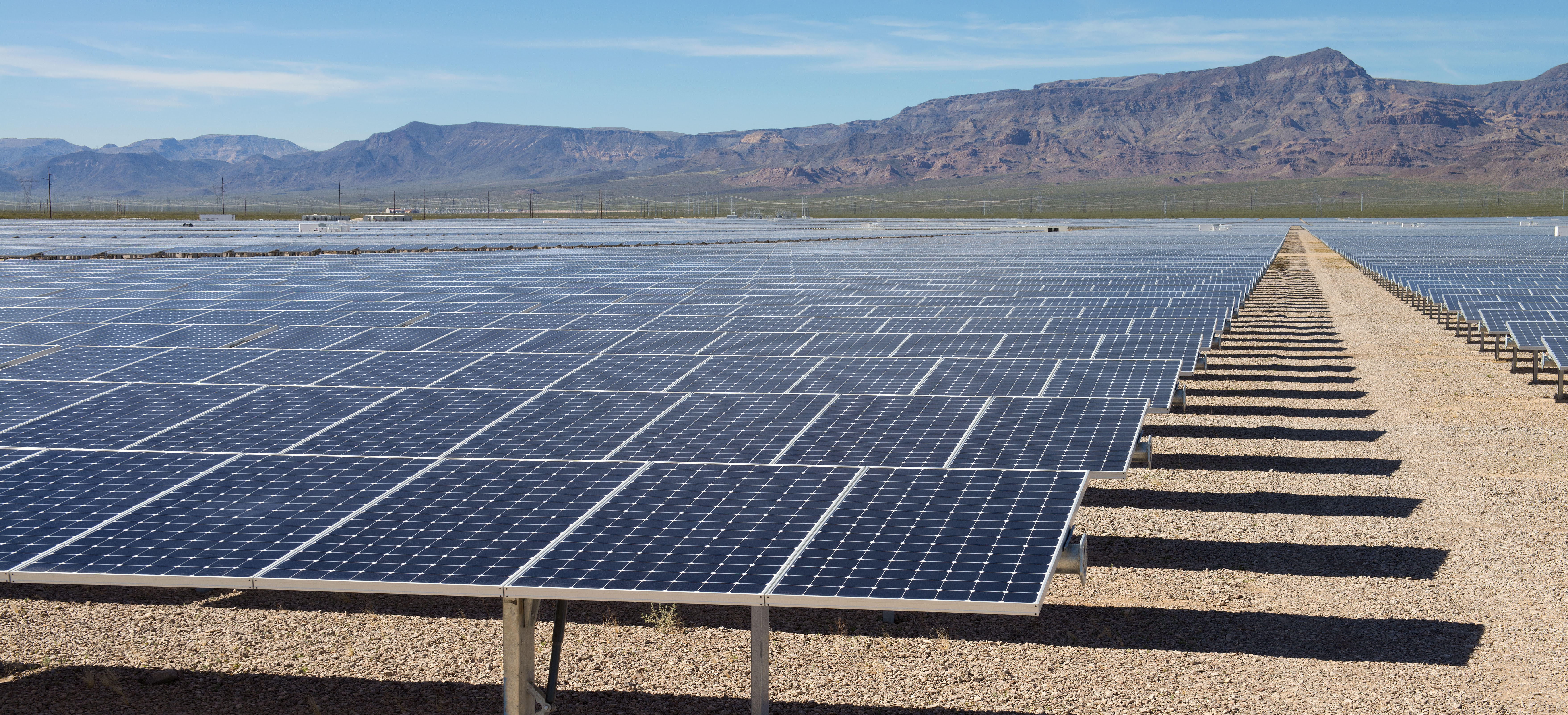Nevadans deserve cleaner, safer and healthier buildings

Burning natural gas to heat buildings and hot water when there are cleaner, safer and healthier options no longer makes sense. Natural gas is mostly methane, and burning methane disrupts the climate and contributes to smog. It’s time to upgrade the energy systems in our buildings by switching to electricity and increasing energy efficiency.
Buildings are a significant source of greenhouse gas pollution, which traps heat in our atmosphere. Have you ever lived or worked in a building that was built in the last century? Buildings last for a long time. We make choices about providing heat and hot water in our buildings. The choices we make now will be with us for decades to come.
In Nevada, burning methane results in 40 percent of the state's greenhouse gas pollution; nearly a quarter of that is burned in residential and commercial buildings for heat and hot water. We need to transition away from methane use in buildings if we are to meet our state’s commitment to reduce climate disruption.
Burning methane not only creates greenhouse gas pollution, but it also contributes to smog, a significant health threat, according to the American Lung Association. When we burn methane, we create nitrogen oxides, which react with sunlight and other pollutants to create ground level ozone, one of the most harmful parts of smog.
When we inhale ozone, it affects our breathing. Many people experience chest tightness, coughing and shortness of breath. This is why schools keep students indoors for recess when ozone levels get too high. Children are more susceptible to harm because their lungs are still developing and they breathe more rapidly, inhaling more air relative to their size than adults. Las Vegas and Reno have a major problem with ground-level ozone; they both received an “F” grade from the American Lung Association’s "State of the Air 2022" report.
Burning methane in buildings may be as significant a contributor to smog as pollution from cars and trucks. A recent study in California cities shows that gas appliances in buildings, including furnaces and water heaters, generate large amounts of nitrogen oxides pollution roughly two-thirds the amount released by all of the state’s light-duty passenger cars.
Fortunately, there are alternatives. Electric heat pumps and hybrid heat pump water heaters can meet our heat and hot water needs. Modern cold climate heat pumps are used in climates much colder than Northern Nevada, such as Minnesota and Maine. Building electrification can significantly reduce greenhouse gas and ozone pollution from producing heat and hot water.
Nevada is transitioning to solar, geothermal and other renewable-energy sources to generate electricity. As the electricity grid gets greener, building electrification will get even cleaner.
Energy efficiency improvements also help. They reduce energy use and utility bills. Clark County is targeting a reduction in average residential energy use of 13 percent by 2030. By upgrading buildings to use less energy, we pollute less.
Another advantage of all-electric buildings is they are often cheaper to build because you skip the extra cost of adding pipes and equipment just for methane. This helps the bottom line for construction companies and developers.
On top of those savings, the landmark climate and clean energy law that passed last year includes massive incentives for building electrification and energy efficiency. These will further reduce costs for consumers.
Many cities are upgrading their building standards. Cities should work with business and community partners to create a transition plan. Let’s start by adding incentives for electrification and more energy efficiency to zoning rules and strengthen building codes. In the future, cities could consider tougher requirements around building electrification and energy efficiency. The Building Electrification Guide is a great resource with 12 case studies and adoptable code language.
Cities in Nevada can make a big difference when it comes to cleaning up greenhouse gas pollution and smog. It’s time to upgrade to a cleaner, safer, healthier way to heat buildings and make hot water.
Brian Thornton is a climate policy advocate and retired mechanical engineer. Michelle Hamilton is the Nevada state co-coordinator for Citizens’ Climate Lobby.

